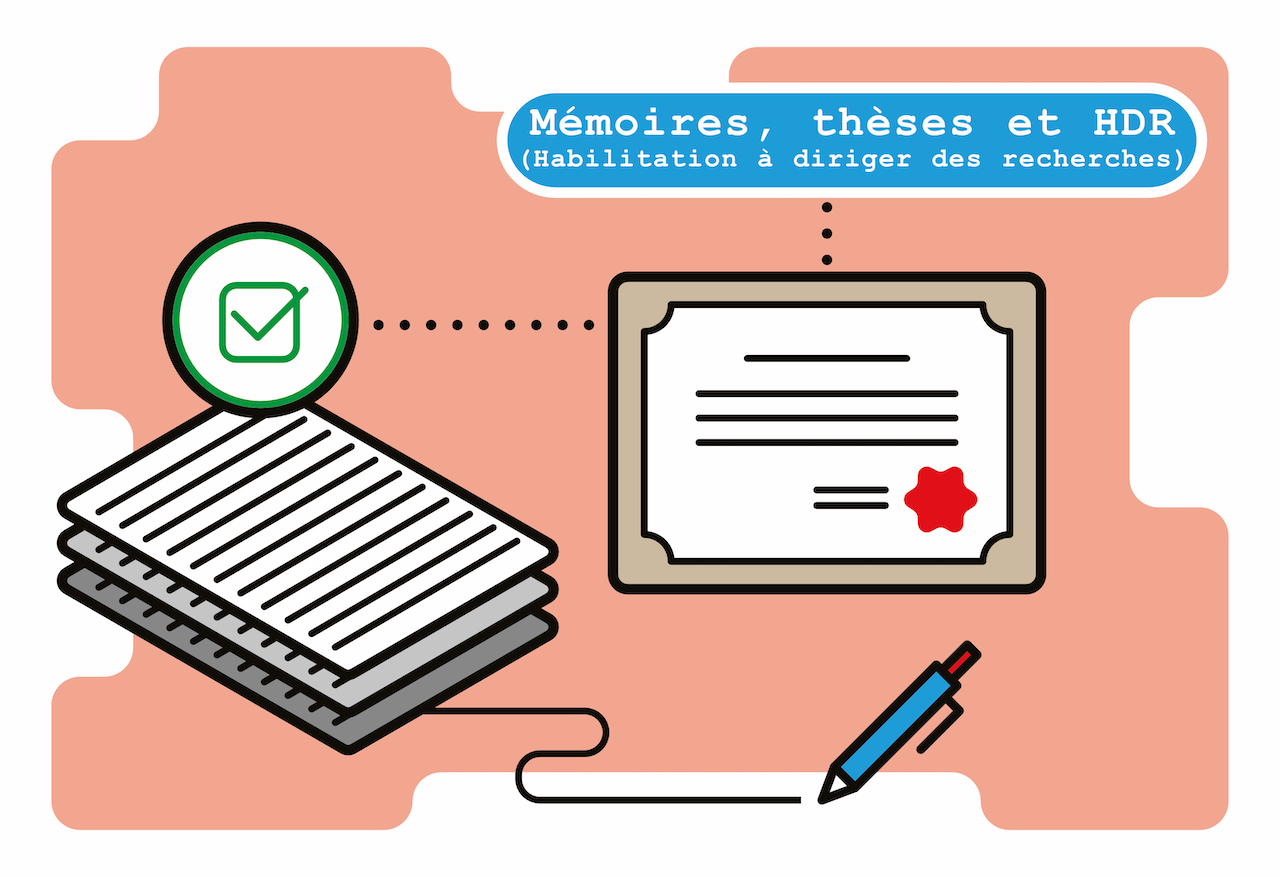Fiche du document
- ISIDORE Id: 10670/1.fd1708...
Mots-clés
Historical geography Analytical chemistry Archaeology Ceramic materials Geographic information systems Liangzi Lake (China) Geological surveysSujets proches
UnderstandingCiter ce document
Z Li, « A techno-socioeconomic investigation of the Husi kiln complex in the middle Yangtze River Valley », Oxford Research Archive, ID : 10670/1.fd1708...
Métriques
Partage / Export
Résumé
This thesis presents an initial investigation of the Husi kiln complex (Husi), a significant yet understudied archaeological site in the middle Yangtze River valley. By examining the archaeological background, sociohistorical context, nature of production, geological context, and distribution of ceramics associated with Husi, this research aims to enhance our understanding of its role in the broader regional context of ceramic production in China. One of the contributions of this research is the critical analysis of the – so far fairly limited – previous studies on Husi, identifying gaps in our knowledge and providing a foundation for subsequent research. By synthesizing the findings from these studies, this thesis offers a holistic understanding of Husi, its role in the ceramic industry, and its impact on the socio-economic and cultural landscape of the region during its period of operation. This study then advances our understanding of this understudied sight significantly by investigating the nature of ceramic production at Husi through bulk chemical and microstructural analyses on a diverse range of ceramic samples. The exploration of the geological context of Husi is another important aspect of this research. By conducting archaeological fieldwork surveys and collecting geological samples, this study provides crucial insights into the characteristics and properties of the raw materials used in ceramic production at Husi. This understanding is further deepened through replication work, which sheds light on the production processes employed. Moreover, this thesis contextualizes Husi within the broader regional production and distribution of ceramics through a comparative analysis with other prominent kiln sites, particularly the Jingdezhen kiln, across different periods. This comparative approach elucidates the role and contributions of Husi to porcelain production at the time and provides a deeper understanding of the unique aspects and characteristics of each site. Additionally, this study identifies shared trends, technological changes, and stylistic developments across the broader ceramic industry, as well as the specific factors that contributed to the success or decline of each kiln complex. Overall, this thesis significantly enriches the current understanding of Husi by situating it within a broader context and shedding light on its unique contributions to the ceramic production history in China. The study's findings are expected to be of interest to scholars and researchers in the fields of archaeology, art history, and cultural heritage, enriching the current knowledge of Husi's historical and cultural significance.
